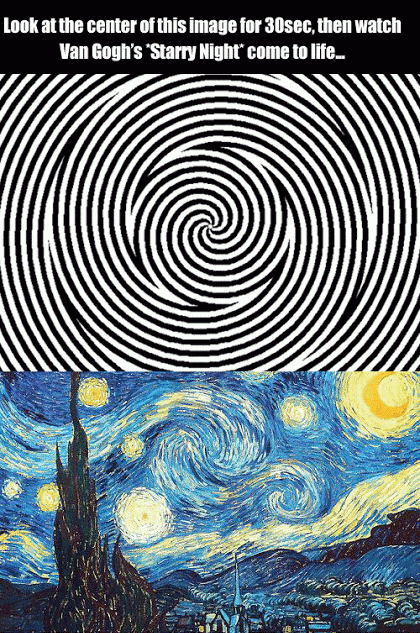GitHub Profile
A while ago GitHub released a feature to allow users to customize their profile with a README file.
Although they could have given us a big text field and call it a day, we’ve got a whole repository to play with instead. This means that we can use pictures and custom scripts to showcase our own personalities.
Not surprising then that people soon began to make pretty creative stuff with theirs.
Inspired by them, I decided to try my hand at it. If you want to take a look at it, here’s what I came up with.
Idea
To me, the default profile page is already quite good. It has an avatar, a bio, a list of your repositories. The only thing I miss when looking at someone’s profile is a list of the languages they use.
That’s something I can fix. I can get the languages used from GitHub itself. Not only that, what if I actually show how to get them?
With this in mind, I started working on it.
I found out about asciinema. With it1, I recorded the process of getting and displaying the data from GitHub’s API.
Now I needed some way to display this session in the README file. GitHub is very strict on which HTML tags it allows so I couldn’t go with asciinema’s embedded player.
Images are allowed though, and with svg-term I could render the entire session to an animated SVG. And yeah it ends up being quite heavy, but at least you can zoom in without loss of quality.
Update: I just found out that Chrome isn’t that good at rendering SVGs, so if you want to see it properly I recommend you use firefox.
Self-update
Another problem is that the data I’m querying will change over time, but I don’t want to have to update this manually.
So I prepared a GitHub Action to automate this process. Here’s how it works:
- It’s triggered either by hand or on a weekly schedule.
- Sets up
Node.jsand installs dependencies. - Runs a script2 that
- gets the latest data from GitHub API
- recreates the SVG file with it
- Commits the changes
And that’s it! If you didn’t already, you can see this working on my GitHub profile.
Wrapping Up
I’m pretty happy with the result so far.
There’s still a lot to improve. The code isn’t particularly clean and I could probably reduce the number of API calls3.
But I’ve already spent far too much time on this.
-
Actually I used this unofficial port for powershell instead. ↩
-
I could have used powershell like I did in the recording, but given that svg-term uses
Node, I went with that instead. ↩ -
By using GitHub’s GraphQL API instead of REST. ↩
